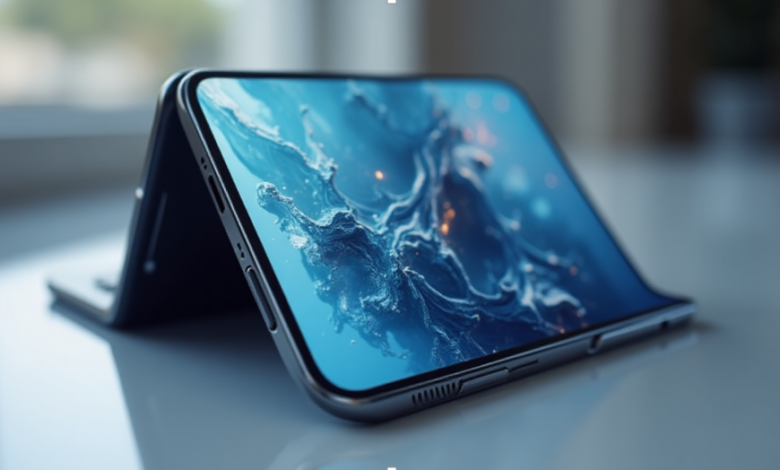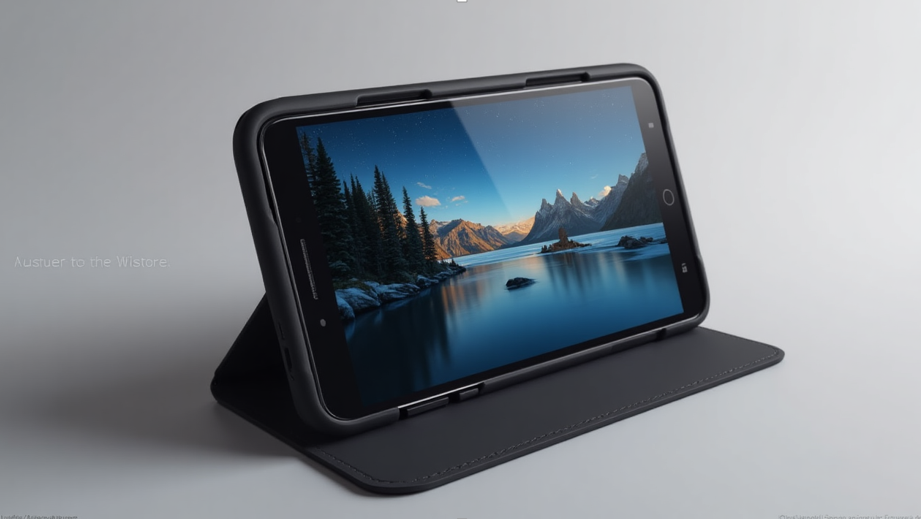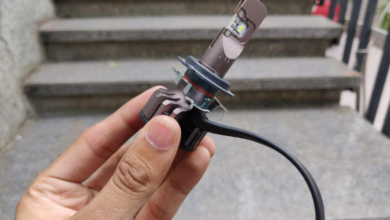Will Foldable Phones Replace Traditional Smartphones by 2030?

Foldable phones have evolved from futuristic novelties to real contenders in the smartphone industry. As major tech players race to refine the foldable experience, a key question looms large: Will foldable phones replace traditional smartphones by 2030? This post explores current trends, market adoption, technological advancements, and expert predictions to assess whether foldables will dominate the future of mobile.
1. The Rise of Foldable Phones: Innovation Meets Demand
In the last five years, foldable phones have transformed from experimental gadgets into mainstream devices. Brands like Samsung, Huawei, Oppo, and Motorola have pushed the envelope in hardware and form factor.
Driving factors behind their rise:
- Increased screen real estate without making devices bulkier
- Improved multitasking and productivity with tablet-like interfaces
- Differentiation in a saturated market of slab-style smartphones
Samsung’s Galaxy Z Fold and Z Flip series are now in their fifth generation, signaling growing maturity. Meanwhile, Chinese brands are aggressively innovating with thinner, lighter, and more durable models.
2. Are Foldables Ready for Mass Adoption?
Despite advancements, foldables still face notable barriers to replacing traditional phones:
Technical Challenges
- Durability concerns: Foldable displays are more fragile than standard glass screens.
- Battery efficiency: Dual displays often reduce battery life.
- Weight and thickness: Early models remain bulkier than typical phones.
Cost Factors
- Foldables are priced at a premium, often $1,500+, which deters budget-conscious users.
App Optimization
- Many apps aren’t yet optimized for dual-display or split-screen use, limiting functionality.
However, as prices gradually drop and durability improves, these hurdles may become less significant by 2030.
See also: Advantages of Optical TPU Technology for Clear Bra Owners
3. Foldables Are Redefining Premium Experiences
Foldables aren’t just about bending screens—they’re redefining what a smartphone can do. With innovations like Flex Mode, stylus integration, and multi-window multitasking, they offer serious productivity potential.
Emerging use cases:
- Digital sketching and note-taking on larger surfaces
- Enhanced gaming with controller-like split interfaces
- Desktop replacement via Samsung DeX and similar features
As more developers create responsive UIs for flexible screens, user experience will only improve.
4. Apple’s Entry Could Be the Tipping Point
When Apple enters a product category, it rarely follows trends — it sets new ones. From the iPhone to the Apple Watch, the company has consistently demonstrated a unique ability to transform niche technologies into mainstream essentials. Its focus on seamless design, intuitive interfaces, and deep ecosystem integration makes every product launch a potential industry disruptor.
Foldable smartphones may be next in line.
Recent Rumor: As foldable smartphones continue to capture market attention, Apple appears ready to enter the race. According to an Apfel patient rumor, Apple is reportedly preparing an iPhone Fold for a 2026 release, with production plans already in motion. The report suggests that Apple has finalized several prototypes and is working closely with suppliers to test durability and display mechanics. If these developments materialize, Apple could redefine the foldable category with its signature approach to hardware refinement and ecosystem integration.
Apple’s reputation for transforming market categories—like it did with tablets and smartwatches—means its entry into foldables could shift mainstream sentiment. Even late to the party, Apple’s influence might normalize foldables and fast-track their global adoption.
5. Global Market Trends Point Toward Gradual Adoption
Analysts project that by 2027, foldables could make up over 30% of the premium smartphone market. Markets like China and South Korea are leading adoption, while North America and Europe are seeing steady growth.
Why adoption is increasing:
- Better hinge designs and water resistance
- Widening product diversity (flip phones vs. full-size folds)
- Retail partnerships offering aggressive upgrade programs
Consumer curiosity and early adopter enthusiasm remain high, though price remains a deciding factor for mass-market penetration.
6. The Role of Branding and Positioning in Foldable Adoption

Whether foldables can replace traditional phones will also depend on how brands position them within their ecosystems. Apple’s success with the iPhone isn’t just about hardware—it’s about how seamlessly it fits into an integrated experience.
Apple marketing strategy on cope business website highlights how Apple’s focus on lifestyle branding, ecosystem lock-in, and premium customer perception contributes to overwhelming loyalty. If Apple can apply these principles to a foldable iPhone, it could reshape how consumers perceive this form factor, not as a novelty, but as a necessity.
Similarly, Samsung uses exclusive features like Samsung Health, Knox security, and Galaxy Buds integration to elevate its foldables beyond hardware alone.
7. What Needs to Happen Before Foldables Replace Traditional Phones
To fully replace traditional smartphones by 2030, the following must occur:
- Durability standards must match or exceed those of glass smartphones.
- Price parity with mid-to-high-tier slab phones
- Ecosystem integration and seamless app optimization
- Consumer trust in long-term reliability and resale value
- Wider OEM support, not just limited to a few premium brands
Foldables must prove they are not a luxury gimmick but an essential evolution of mobile devices.
Conclusion
While foldables are gaining traction, a complete replacement of traditional smartphones by 2030 is unlikely. Instead, we’ll likely see coexistence, where foldables cater to users seeking enhanced productivity and versatility, while traditional smartphones remain the go-to for simplicity and affordability.
The shift is gradual—but if Apple’s foldable strategy succeeds, and innovation continues at pace, foldables might very well become the new normal for premium users before the end of the decade.




